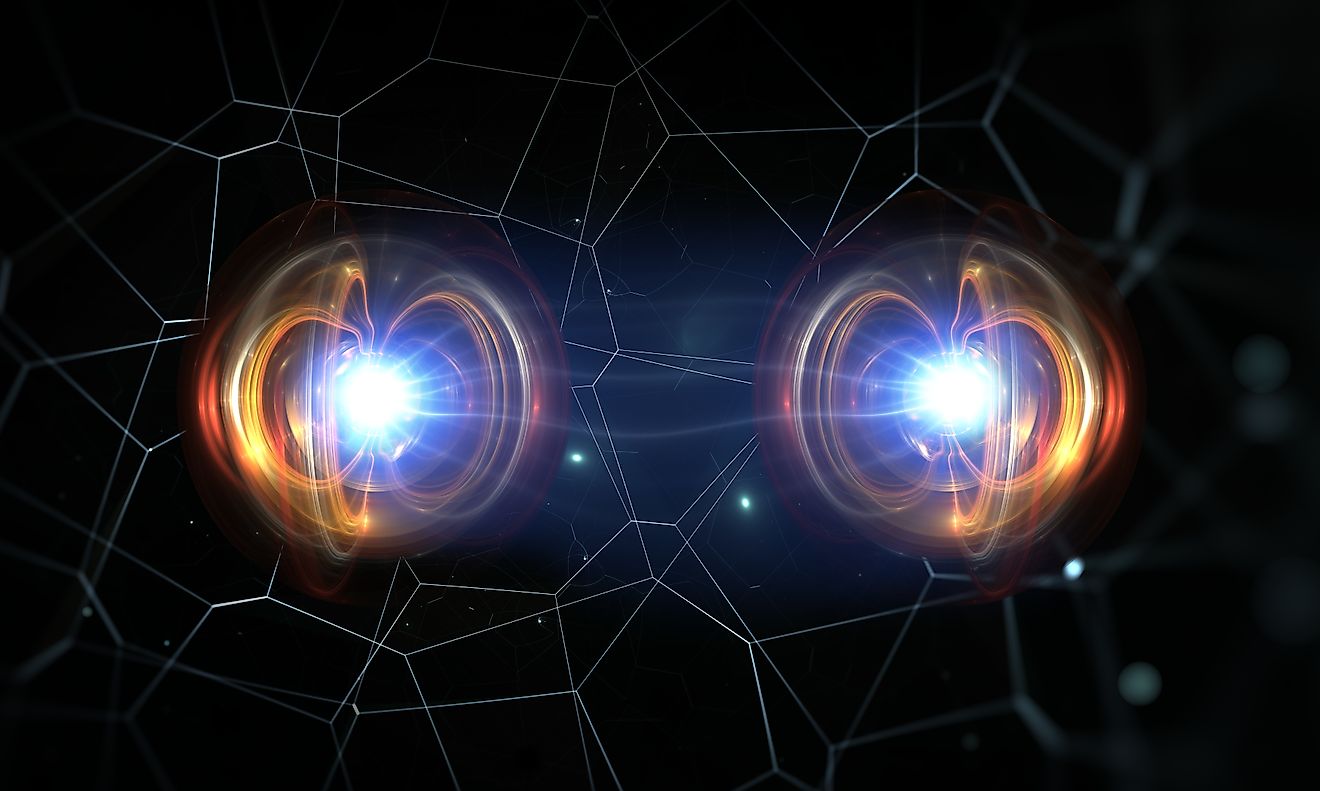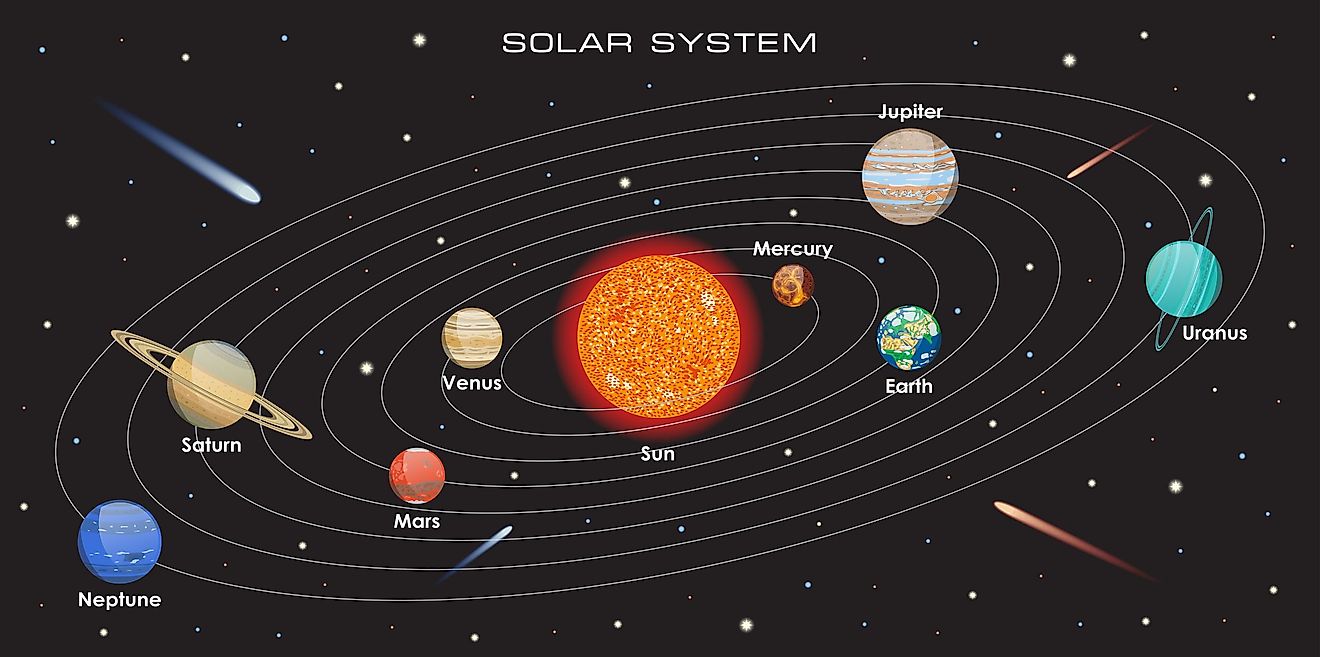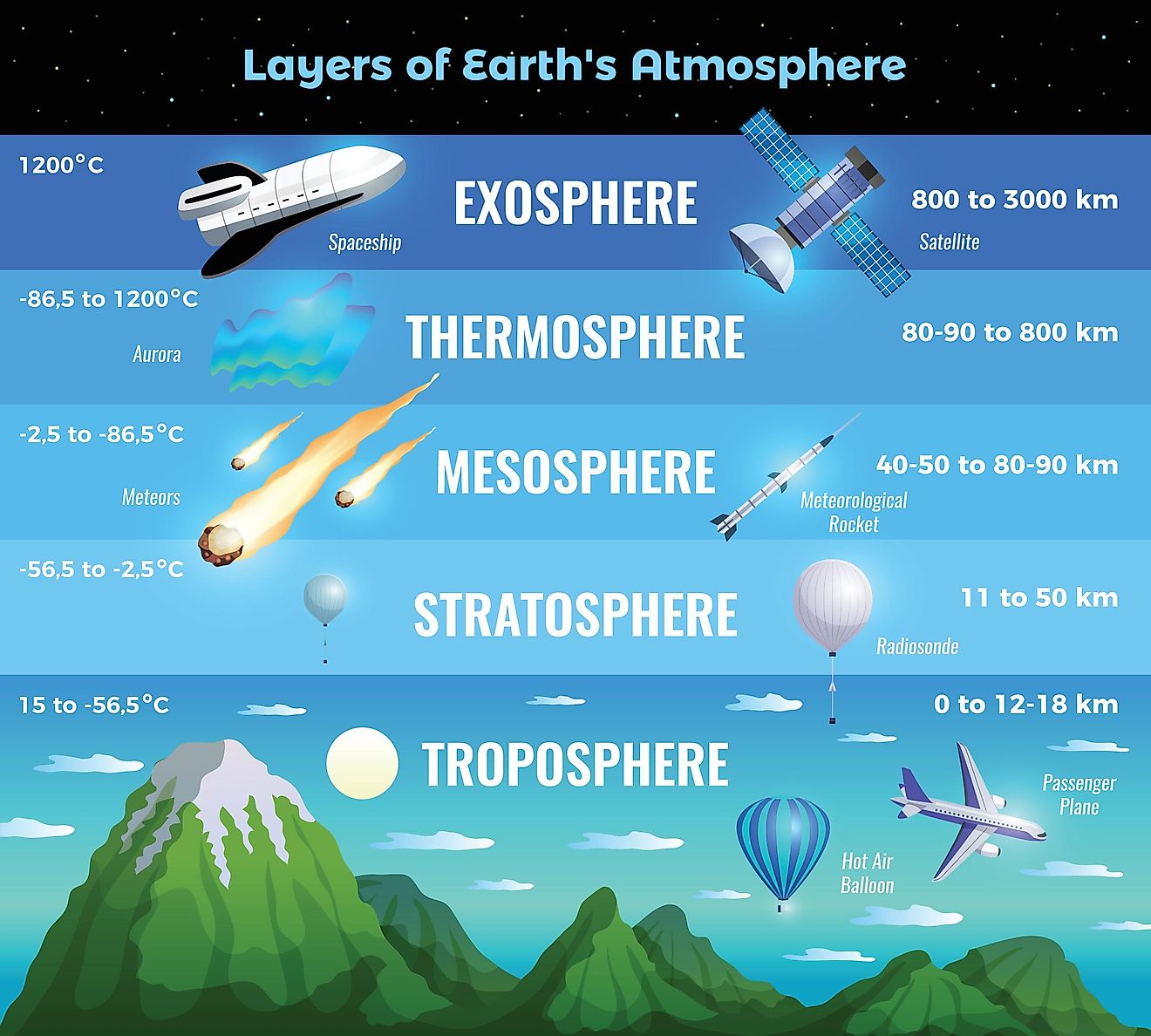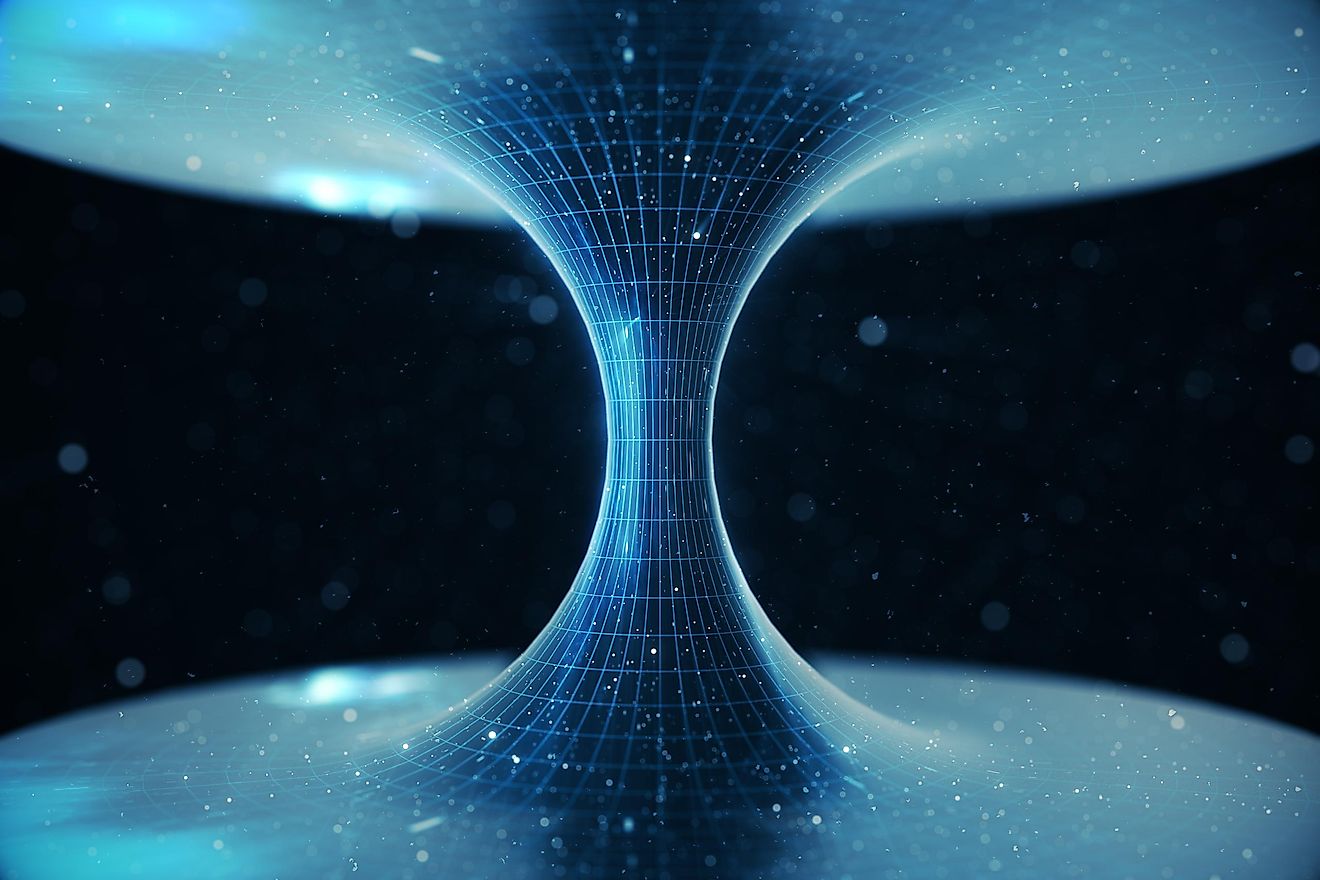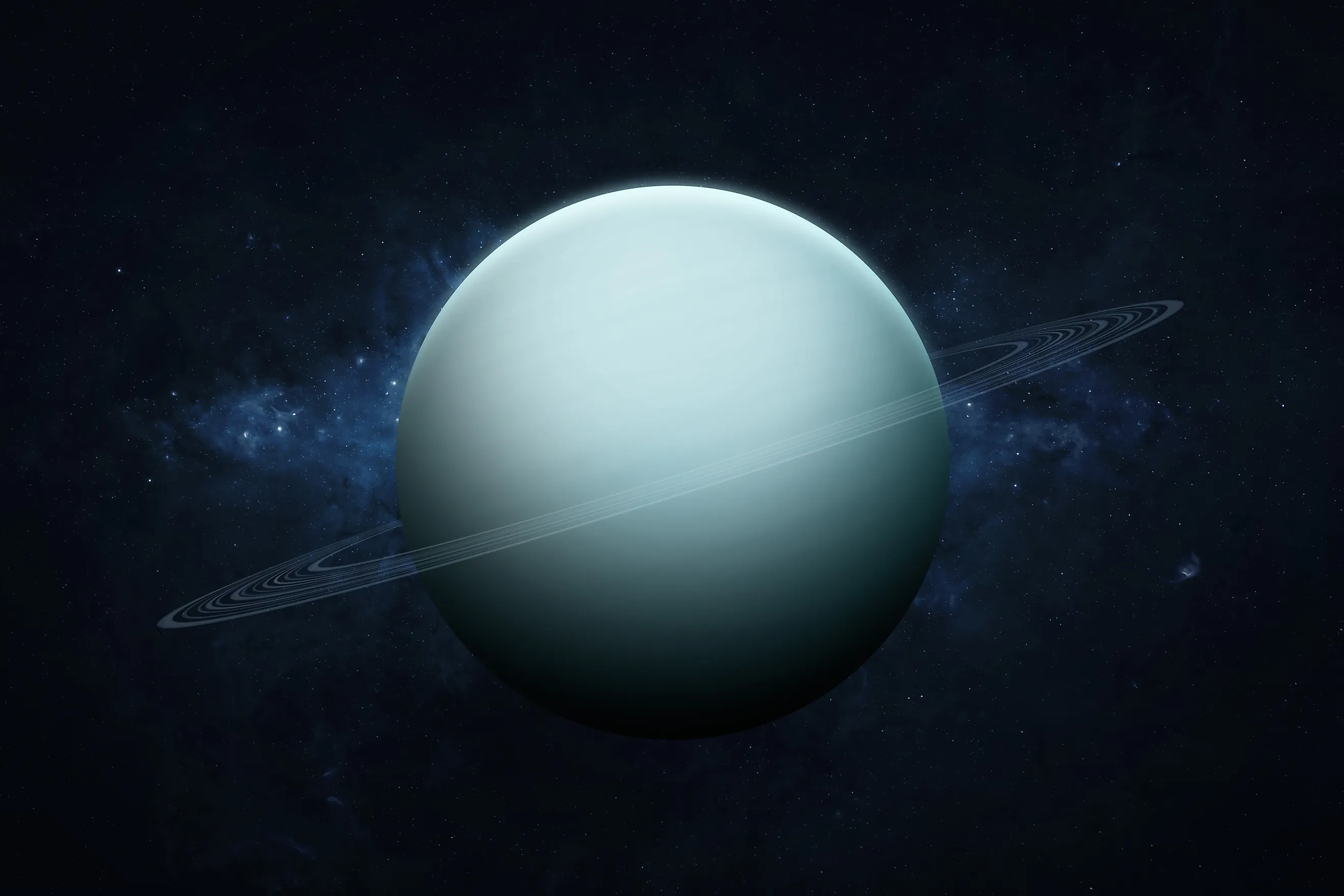
Uranus Mysteries Unraveled by Analyzing 1986 Space Mission
Theories are only as good as their evidence, and age-old `facts' may easily be falsified in light of new discoveries. In planetary science, one such revelation has reshaped our understanding of Uranus, the seventh planet from the Sun. Long considered a largely inert and static world due to its immense distance from the Sun, Uranus has recently been revealed to host dynamic interactions with charged solar particles, challenging prior assumptions about its magnetosphere and internal processes. By looking back at the 1986 Voyager 2 space mission, scientists have come to new conclusions regarding this pale blue beauty in the solar system.
A Historic Glimpse of Uranus
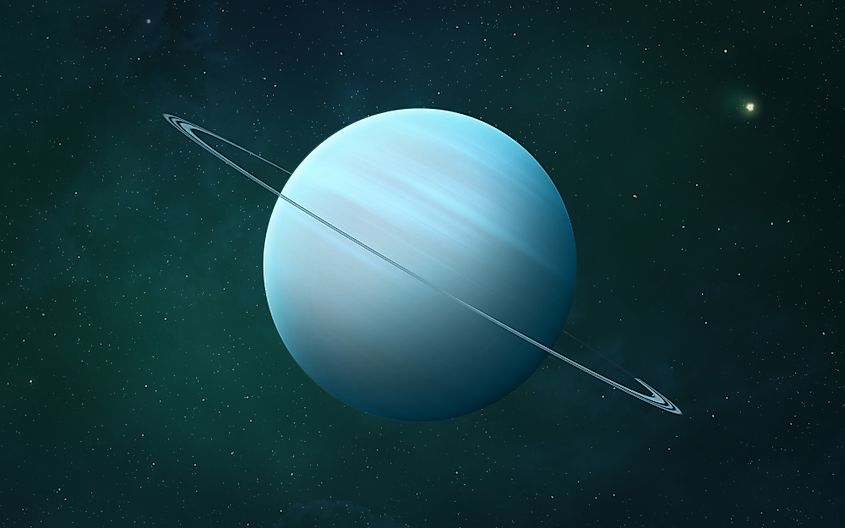
Our only close encounter with Uranus occurred in 1986 when NASA’s Voyager 2 spacecraft flew past the ice giant for two days. This fleeting visit provided a groundbreaking view of the planet, uncovering its anomalously tilted axis of rotation, which is much steeper than that of other planets in the solar system. Uranus’s axial tilt, nearly 98 degrees, causes it to rotate on its side, producing extreme seasonal cycles of 42 years of sunlight followed by 42 years of darkness.
The Voyager mission also revealed an offset, highly irregular magnetic field, a pale blue atmosphere rich in hydrogen, helium, and methane, and a puzzling lack of internal heat. At the time, scientists interpreted these findings as evidence of a quiet, inactive planet with minimal dynamic activity. Uranus seemed to lack the internal heat source that powers atmospheric phenomena on other gas giants like Jupiter and Saturn.
A New Perspective: Solar Storms and Magnetosphere Dynamics
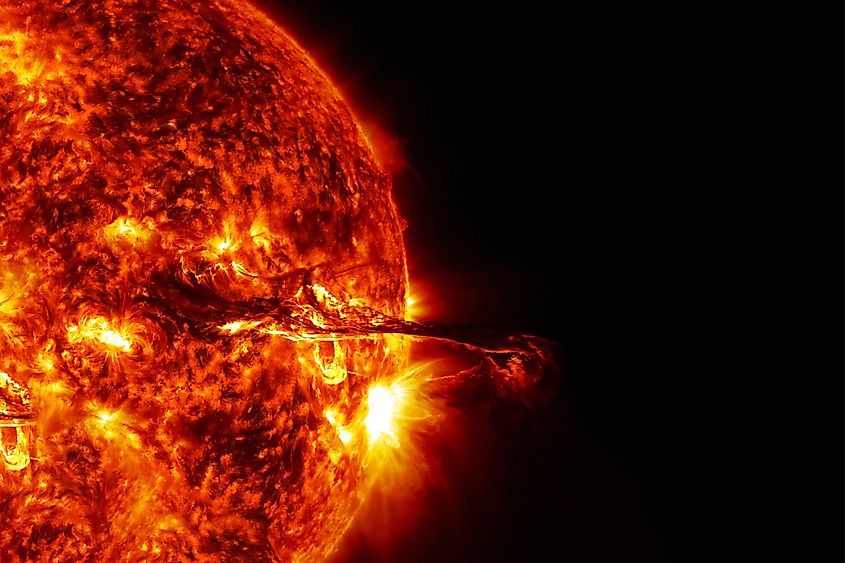
Recent studies have revisited Voyager 2’s data using modern astronomical modeling, leading to startling revelations. Far from being inert, Uranus’s magnetosphere is now understood to interact with solar winds from the fun. One such storm compressed Uranus’s magnetosphere, shrinking its size and releasing plasma that energized the planet’s radiation belts. These interactions also caused localized auroras, disrupting the long-held belief that Uranus lacked significant internal or external dynamism.
The uneven effects of the solar storm highlight the unique nature of Uranus’s magnetic field. Unlike Earth’s magnetic field, which is aligned with its rotational axis, Uranus’s magnetic field is severely tilted and offset from its core. This misalignment creates non-uniform magnetic forces across the planet, further complicating its interaction with solar particles.
The Oddities of Uranus
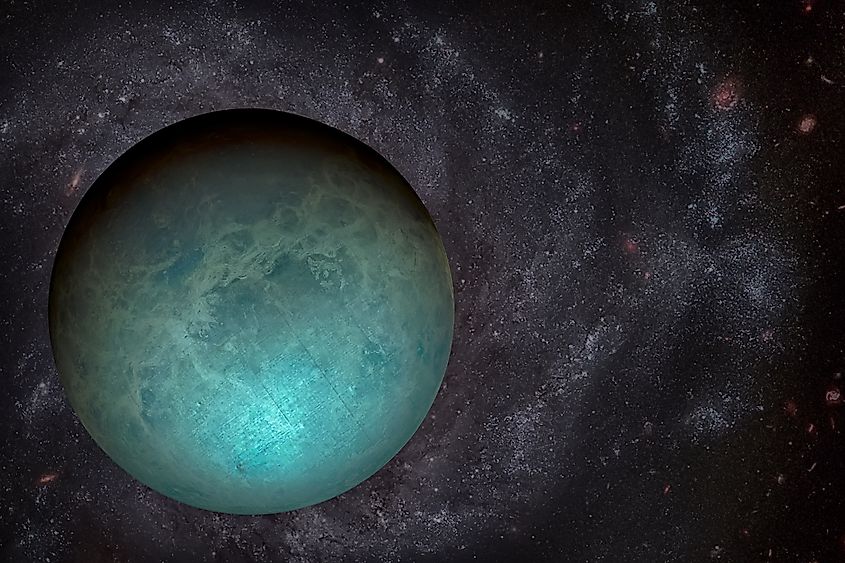
Uranus’s peculiarities extend beyond its tilt and magnetic field. As the third-largest planet in the solar system, with a width four times that of Earth, it was likely shaped by a massive collision early in its history. This event tilted the planet and influenced its atmospheric and magnetic properties.
The composition of Uranus’s core adds another layer of intrigue. Unlike the metallic hydrogen cores of Jupiter and Saturn, Uranus’s core contains water, methane, and ammonia, which may play a role in generating its irregular magnetic field. These materials also give rise to localized auroras in regions of stronger magnetic force, adding to the planet’s dynamic nature.
Revisiting and Refining Scientific Paradigms
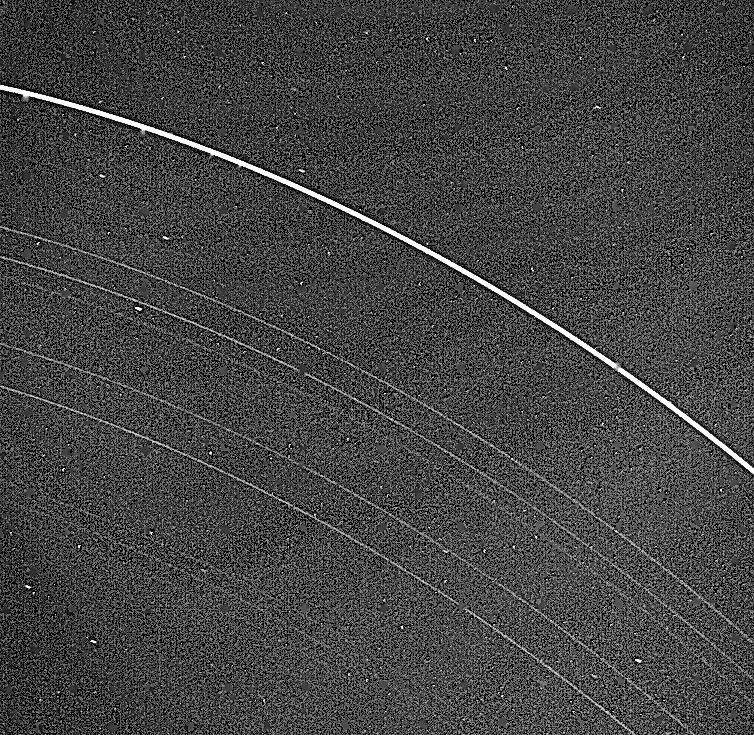
Science evolves by questioning established theories, and Uranus is a perfect example of this process. While Voyager 2’s observations initially painted a picture of a static, icy planet, modern studies have uncovered a far more active world. These findings emphasize the importance of reexamining historical data with new tools and perspectives. For instance, a reanalysis of Uranus’s atmospheric movements and cloud formation has hinted at weaker but still present internal heat sources, challenging the notion that the planet is entirely cold and inert.
The new understanding of its magnetosphere and interactions with solar particles suggests deeper internal processes that remain poorly understood. The deformities in its magnetic field may provide critical clues about the planet’s internal structure and the mechanisms driving its magnetic activity.
Lessons and Future Exploration of Uranus

The renewed focus on Uranus underscores the iterative nature of scientific discovery. What was once deemed a cold, inert planet has been transformed into a dynamic world teeming with complexity. This evolution in understanding serves as a reminder that no scientific conclusion is immune to refinement.
With the Hubble Space Telescope and modern computational models shedding light on Uranus, there is renewed interest in the ice giant. Upcoming missions promise to delve deeper into its mysteries, from its atmospheric dynamics to its peculiar magnetosphere. These investigations will enhance our understanding of Uranus and provide insights into the broader workings of ice giants and exoplanets beyond our solar system.
The Takeaway
As we look ahead to future missions, Uranus stands out as a fascinating and mysterious planet. Its extreme tilt, unusual magnetic field, and unexpected activity challenge everything we thought we knew about ice giants. Far from being a cold and lifeless world, Uranus has shown signs of dynamism and complexity that deserve more attention. Upcoming explorations could reveal even more about its atmosphere, internal structure, and the way it interacts with the Sun.






